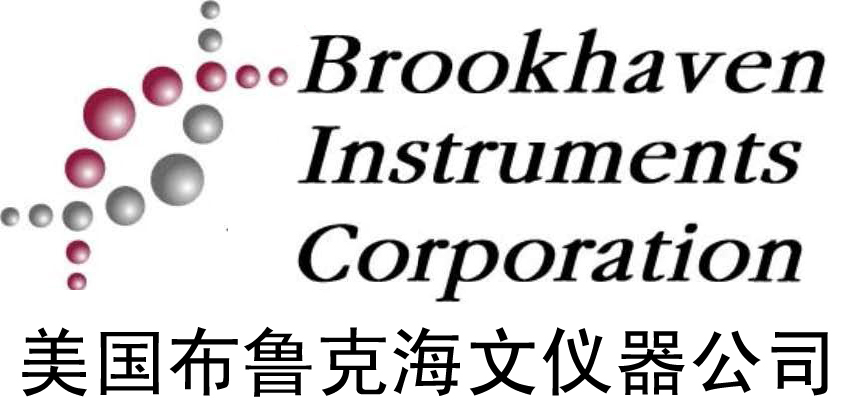產(chǎn)品搜索:
郵編:100044
聯(lián)系人:王繼軍
留言:在線留言
商鋪:http://ystaxi.com/company_b0011900/
90plus 納米粒度儀應(yīng)用案例-14
點擊次數(shù):252 發(fā)布時間:2014-12-8
90plus 納米粒度儀應(yīng)用案例
文獻名:Surfactant–Polymer Nanoparticles Overcome P-Glycoprotein-Mediated Drug Efflux
作者:Mahesh D. Chavanpatil, Ayman Khdair, Brigitte Gerard, Corbin Bachmeier, Donald W. Miller, Malathy P. V. Shekhar and Jayanth Panyam
Department of Pharmaceutical Sciences, Eugene Applebaum College of Pharmacy and Health Sciences, Wayne State University, Detroit, Michigan 48201, Breast Cancer Program, Karmanos Cancer Institute, 110 East Warren Avenue, Detroit, Michigan 48201, Department of Pharmaceutical Sciences, College of Pharmacy, University of Nebraska Medical Center, Omaha, Nebraska 68198-6025, Department of Pharmacology and Therapeutics, University of Manitoba, Winnipeg, MB, R3E 0T6 Canada, and Department of Pathology, Wayne State University School of Medicine, Detroit, Michigan 48201
摘要:Nanoparticles enhance the therapeutic efficacy of an encapsulated drug by increasing and sustaining the delivery of the drug inside the cell. We have previously demonstrated that Aerosol OT (AOT)–alginate nanoparticles, a novel formulation developed recently in our laboratory, significantly enhance the therapeutic efficacy of encapsulated drugs like doxorubicin in drug-sensitive tumor cells. The purpose of this study is to evaluate the drug delivery potential of AOT–alginate nanoparticles in drug-resistant cells overexpressing the drug efflux transporter, P-glycoprotein (P-gp). AOT–alginate nanoparticles were formulated using an emulsion–cross-linking process. Rhodamine 123 and doxorubicin were used as model P-gp substrates. Cytotoxicity of nanoparticle-encapsulated doxorubicin and kinetics of nanoparticle-mediated cellular drug delivery were evaluated in both drug-sensitive and -resistant cell lines. AOT–alginate nanoparticles enhanced the cytotoxicity of doxorubicin significantly in drug-resistant cells. The enhancement in cytotoxicity with nanoparticles was sustained over a period of 10 days. Uptake studies with rhodamine-loaded nanoparticles indicated that nanoparticles significantly increased the level of drug accumulation in resistant cells at nanoparticle doses higher than 200 µg/mL. Blank nanoparticles also improved rhodamine accumulation in drug-resistant cells in a dose-dependent manner. Nanoparticle-mediated enhancement in rhodamine accumulation was not because of membrane permeabilization. Fluorescence microscopy studies demonstrated that nanoparticle-encapsulated doxorubicin was predominantly localized in the perinuclear vesicles and to a lesser extent in the nucleus, whereas free doxorubicin accumulated mainly in peripheral endocytic vesicles. Inhibition of P-gp-mediated rhodamine efflux with AOT–alginate nanoparticles was confirmed in primary brain microvessel endothelial cells. In conclusion, an AOT–alginate nanoparticle system enhanced the cellular delivery and therapeutic efficacy of P-gp substrates in P-gp-overexpressing cells.


